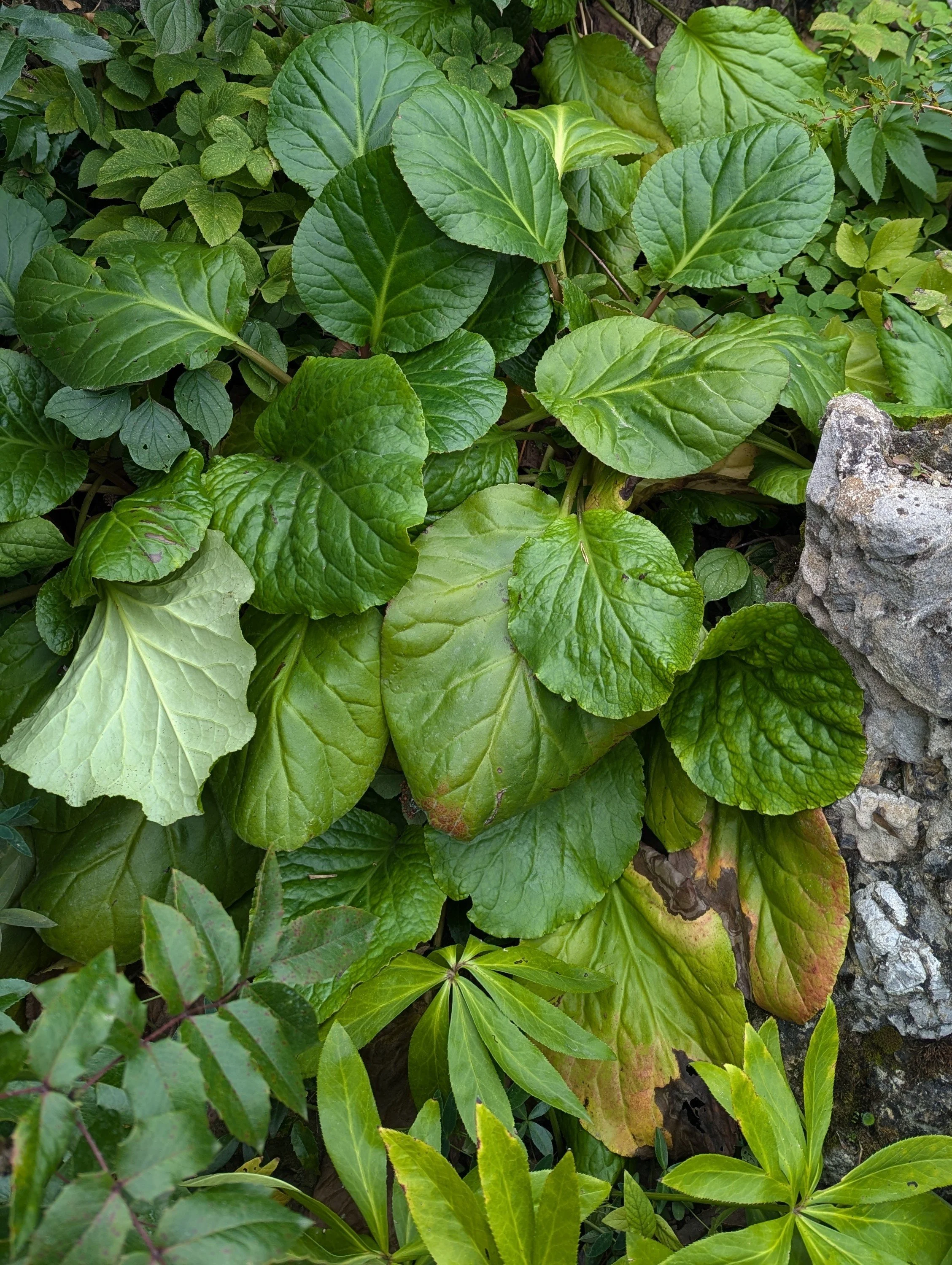A history of Bergenia
Bergenia is a small genus of clump forming, rhizomatous, evergreen or semi-evergreen spring flowering perennials native to alpine meadows, stony scree and damp woodland areas across temperate Central and East Asia. There are around 10 accepted species, occurring at altitudes of 300-4900 above sea level, and more than 200 cultivars.
They were first introduced into cultivation in the west in the mid-18th century and described by Conrad Moench who named them in honour of German botanist and physician Karl August von Bergen. They are commonly referred to as elephant’s ears due to the size of their paddle shaped leaves or as giant rock foil due to the ability of their rhizome to break apart rocks. In Ayurveda, the rhizome is used in a similar way to break up kidney stones.
During the 19th century, they became well known garden plants, being popularised by famous plants men and women such as Gertrude Jekyll, William Robinson and Thomas Smith.
Most Bergenia available in cultivation today have arisen from deliberate hybridisation in the late 19th and 20th centuries. Thomas Smith of the once world famous Daisy Hill Nursery in Newry, Ireland named over 50 varieties from a cross between B. cordifolia and B. purpurascens in the early 1880s and late 1890s, some of which can still be found in specialist collections and gardens today.
Throughout the latter half of the 20th century extensive breeding took place in Germany with new introductions from Rosemarie Eskuche, Gräfin Von Zeplin, Heinz Klose, Georg Arends, Ernst Pagels and Karl Foerster. This interest in the genus also spread to the UK where many excellent selections were introduced by Eric Smith and Jim Archibald of The Plantsmen nursery in the 1970s and 80s. In recent times, many worthy named varieties have been introduced by Monksilver Nursery, Cotswold Garden Flowers, Beth Chatto, issima plants and others.
Today Bergenia are still widely popular plants with new and improved selections being introduced from commercial and specialist nurseries.

